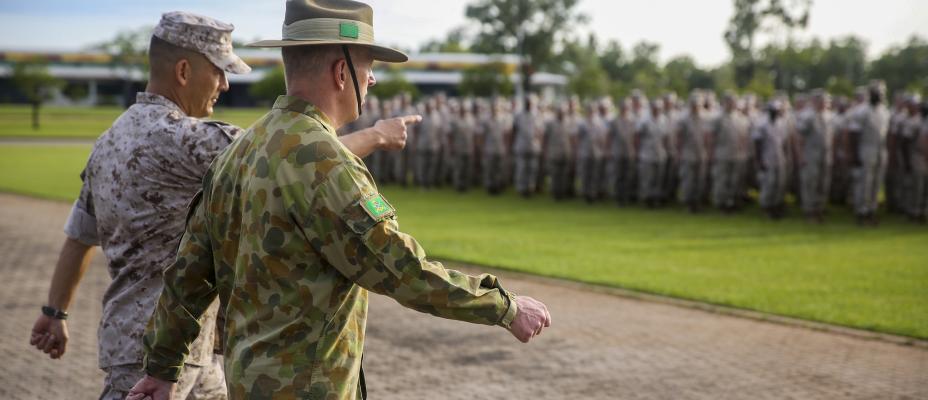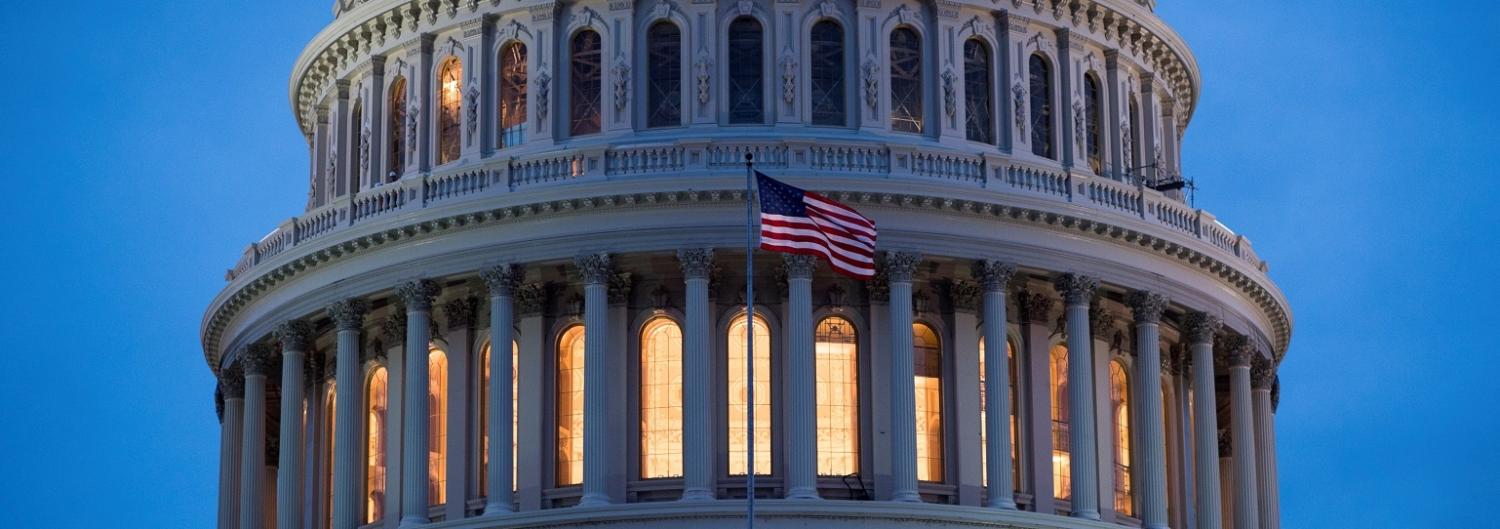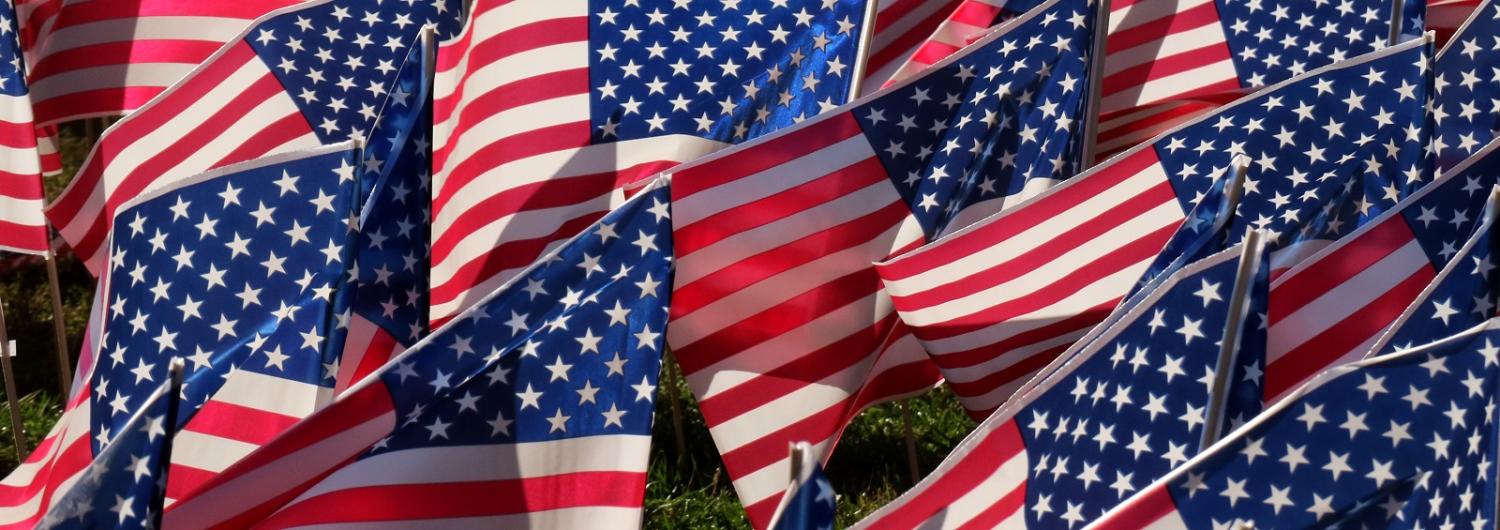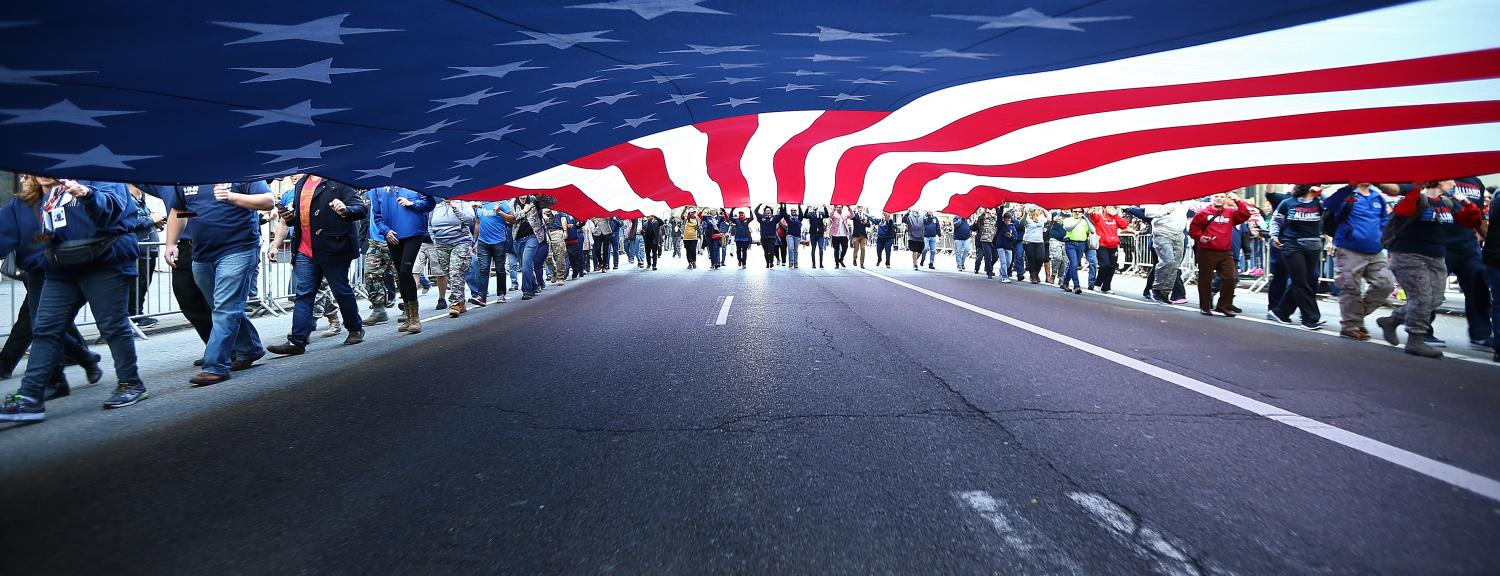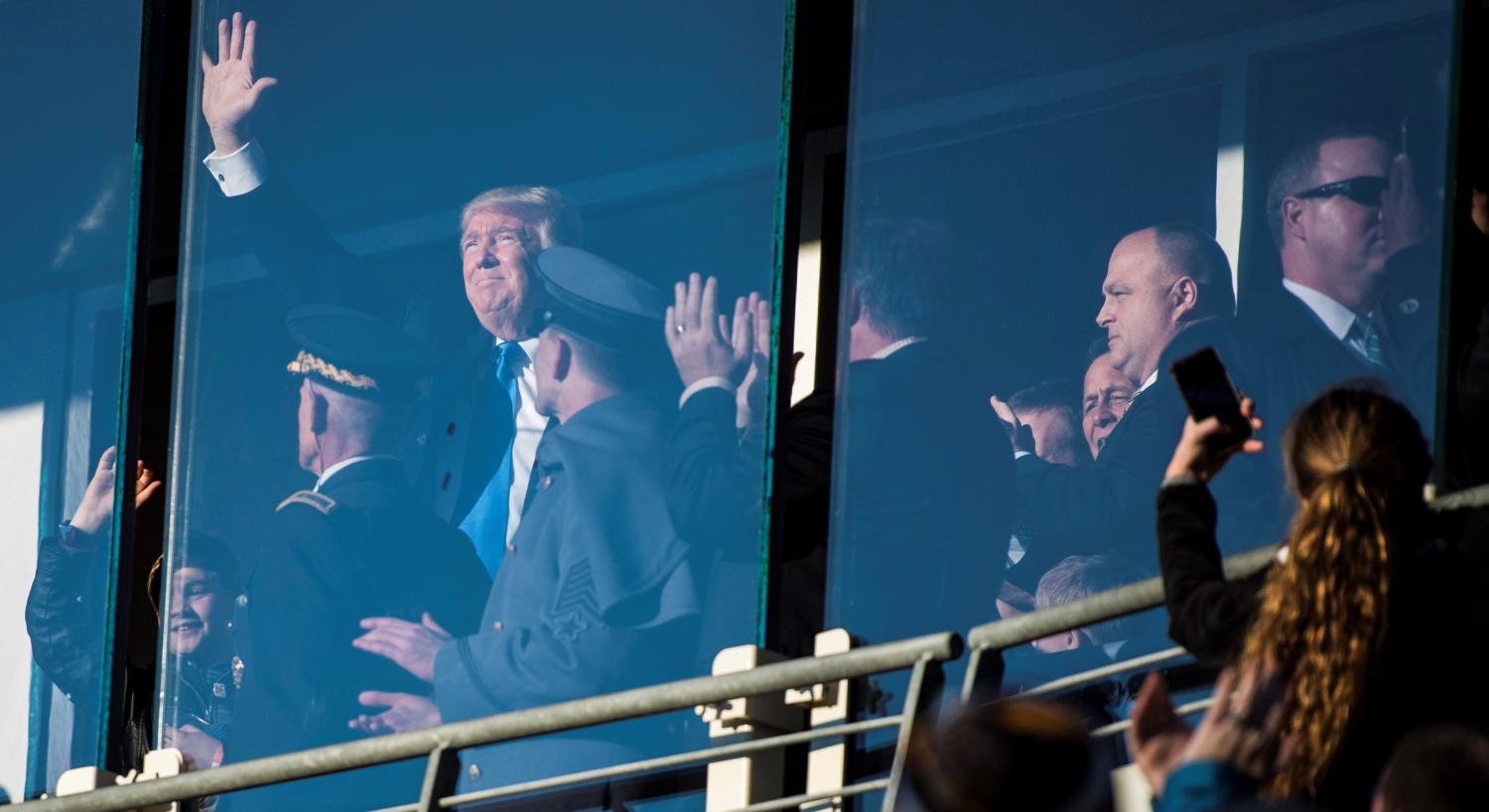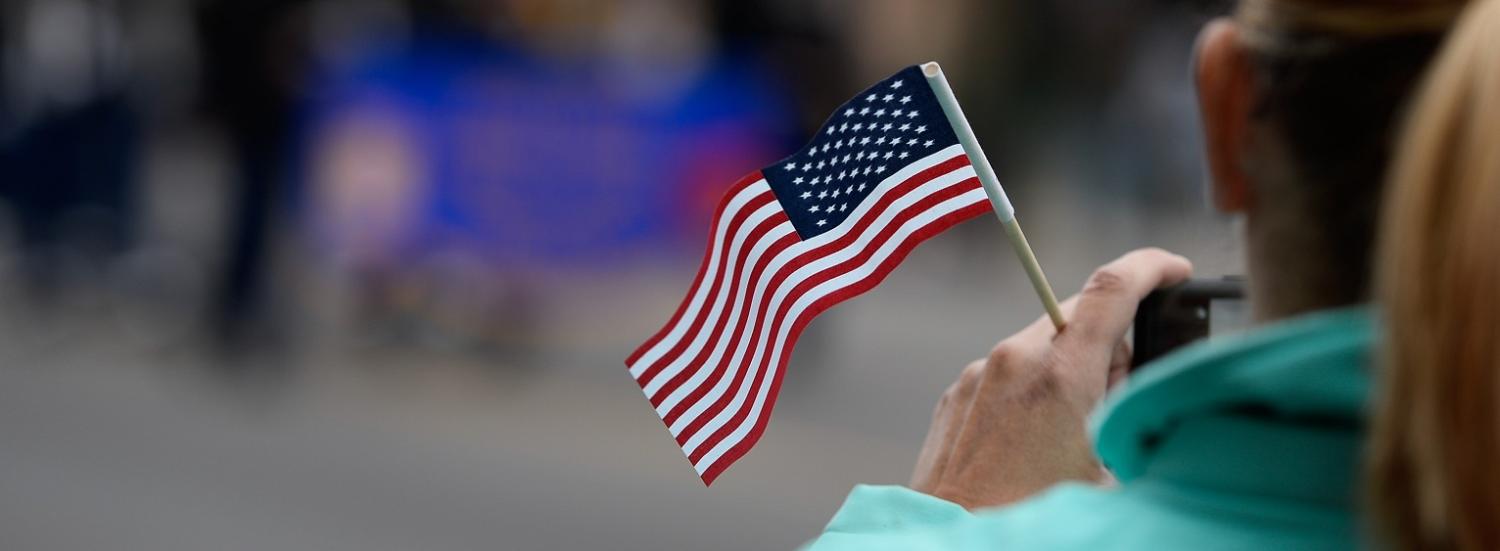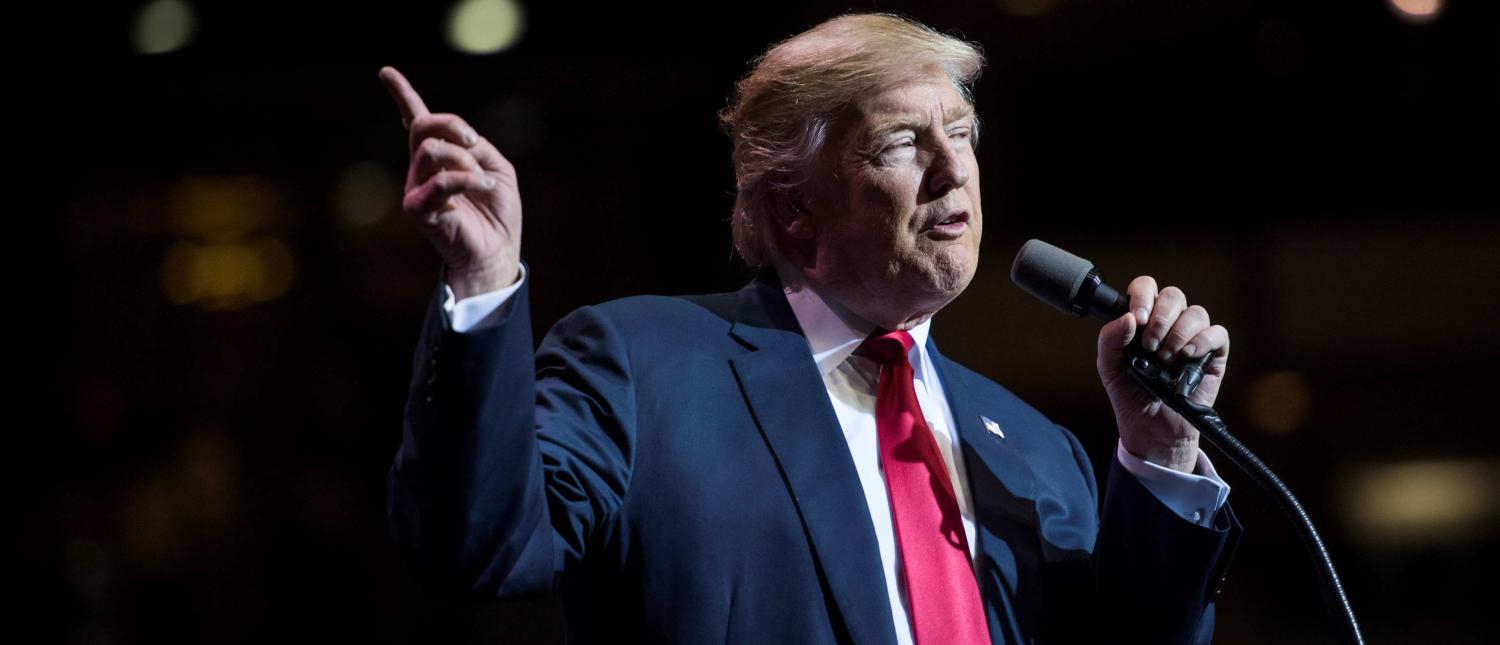If anything has emerged in the time since Donald Trump’s election it is the near total absence of any kind of pattern to his decisions or acts as president-elect. In the words of analyst Mira Rapp-Hooper, Trump seems to have a ‘nearly doctrinal devotion to unpredictability’. To gaze into the crystal ball of his presidency is to glimpse a veritable whirlpool of populism, nativism, nationalism, conservatism and realism. That’s quite a brew.
Because this state of play is likely to continue as the new administration settles into the process of governing, there is all the more reason for Australia to approach its relationship with the US with a good deal of caution and prudence. Over the next four years, politicians and policymakers in Canberra may also have to step up to the plate and challenge US policies that run counter to the Australian national interest.
Since the publication of my Lowy paper, Fighting with America, Trump’s decision to accept a telephone call from the Taiwanese president has only confirmed the need for Australia to remain watchful. We don’t know if this represents a seismic shift in US China policy, a classic Trump transactional play, or simply a reflection of his naivety about the outside world. What it does confirm is his propensity for the reckless and the impulsive.
The responses to my paper agree that the relationship with Washington will be harder to manage in the near term, and further that Trump represents what Nick Bryant calls a unique ‘stress test’ for the Australia-US alliance.
Nevertheless, there are some important points of difference.
Hugh White is right to eschew the limits of the bilateral lens and place the alliance in its global context. All of the best scholarship on the US-Australia relationship in recent years has indeed done just that. True enough, since the 1970s governments of both persuasions have had fewer hard choices to make when it came to supporting the US in the world. But this was also because Labor and Liberal leaders were as one on the goal of comprehensive engagement with Asia. The lack of hard choices was as much to do with the fact that prime ministers from Whitlam to Keating did not invest the US alliance with any kind of substantial content or meaning during that era as it was within the changing contours of American foreign policy.
Hugh surely cannot underplay, however, the significance of the Howard transition in 1996. That leader’s particular view of Australian history, culture and identity has far more compelling explanatory power than any post-Cold War context in understanding his desire to reinvigorate the alliance. There was an intensity to that move that cannot be attributed to international circumstances. As I explain in the essay, when he came to office Howard took the view that his predecessors’ push into Asia had come at the expense of the American connection. This was no Holt-like ‘All the way with LBJ’ reflex, but Howard was determined to correct what he saw as an imbalance in the Australian global outlook; convinced, too, that such an approach would pay handsome domestic political dividends. The Americans did not request this reinvigoration of the alliance in 1996: it was driven entirely from the Australian side. And as Allan Gyngell notes, during this period a capital ‘A’ came to be affixed to ‘the Alliance’.
More contentious, however, is the near absolute confidence that Hugh, (and Paul Keating for that matter), bring to their predictions about Chinese intentions and American regional staying power. Notwithstanding developments in the South China Sea, where Beijing continues to aggressively define its sphere of influence, there remains a great deal of uncertainty about China’s rise. For one, the fiscal shine of its economic ascent is not quite as gleaming as in years past. And, as I stressed in the essay, China has yet to be tested by the boom and bust cycle: this, after all, is a country which has not endured a serious recession since its embrace of market capitalism. Along with its significant internal demographic and environmental challenges, there is every reason to view with a measure of scepticism the claims that the relentless progression from economic giant to regional strategic hegemon is assured. Recently, a continued decline in the renminbi has seen Chinese financial regulators introduce new rules in an effort to stem the flow of capital out of the country. Meanwhile in the US, Federal Reserve officials expect faster economic growth in the US over the next few years, but have stopped short of predicting the kind of boom that Trump says will result from his policies. Still, even a slow and steady American economic revival may become starker over the next decade as some Asian economies, with the exception perhaps of India, record slower rates of growth.
Hugh argues too that we may also see a gradual withdrawal of the US from Asia, or that the US may be ‘stepping back from us’. But what is the evidence for these claims? Just before the US election, two key Trump advisers wrote an article in Foreign Policy that pushed a strong pro-US leadership line in Asia. That’s hardly a sign of coming retrenchment. Writing around the same time in the FT, Jamil Anderlin also pointed out that China’s magnetic economic force is losing some of its pull in ASEAN countries. Moreover, he pointed to the deep and enduring military ties that the Malaysians and the Thais, for example, continue to have with the US, concluding that ‘no one is cutting ties with America’. Even Duterte, for all his pungent rhetoric of ‘separation’, has still not cut one bilateral agreement with the US. The perception, Anderlin added, of a ‘triumphant China imposing its will on ASEAN is premature if not totally misguided’.
In the essay I also made the claim that in the event of a conflict between the US and China over Taiwan, the historical currents coursing through the country’s strategic bloodstream would point to Australia siding with Washington. Of course, I did not go into the myriad complications and complexities – not to mention circumstances – involved in any such crisis, and how they would ultimately affect Australia’s decision. The point here is that if Beijing provoked a conflict, it would be very difficult to see either a Liberal or Labor government refusing some kind of support to the US. But are Hugh White and Paul Keating saying that even if China sparks a crisis Australia should stay out? The real issue here, too, is whether or not Australia can say ‘no’ given the extraordinary integration of Australian and US military forces.
Mike Green’s response rightly underlined that alliances are typically characterised by divergence and disagreement. He argued that Australia had won a lot of these fights in the past, and that Canberra had succeeded, for example, in pressing America into Vietnam in 1965 and Iraq in 2003. Neither instance, however, stands particularly tall in the annals of Australian foreign policy. In both cases, Australia might have adopted a different view of its responsibilities as an ally and advised its great protector not to compound the folly of such adventures.
But Green’s suggestion of Australia playing a role in bringing ‘cohesion’ back to American foreign policy at its current time of drift is tantalising. This would, however, require a sea change in how Washington thinks about Australia and some kind of mechanism to do so. As I showed in the essay, the view held in the White House and elsewhere that ‘you can always rely on Australia’ is not a recipe for being taken seriously. Whatever the means by this alteration in perception is achieved, there needs to be a wider, more systematic means of exchange – perhaps drawing on a broader range of officials, experts and analysts – than is currently the case. It cannot all be left to the annual AUSMIN meetings. Or, for that matter, to the Australian-American Leadership Dialogue.
So there is a need for Australia to be a more critical and more discerning ally, and one that is not afraid to push back against a Trump administration that may well ride roughshod over some of the ‘values’ that are so often invoked as the cornerstone of the Australia-US relationship. As I have argued elsewhere, this is even more reason to approach the new president one step at a time.
